To calculate die casting cost, consider key factors like material cost, mold cost, machine cost, finishing cost, and overhead expenses.
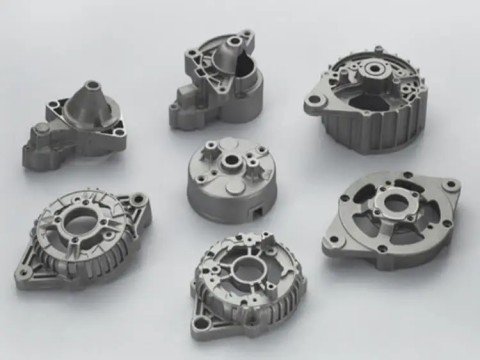
Die casting is an advanced method for manufacturing processes which require high precision for complicated metal components.
Analyzing the costs associated with die casting parts is necessary for any business concerned with maintaining a competitive advantage.
In this article we intend to discuss the most important components of die casting costs and provide an easy, short guide to calculating the die cast cost.
Key Factors to Calculate Die Casting Cost
- Raw Materials Cost
- Mold Cost
- Machine Cost
- Finishing Cost
- Overhead and Profit Margin
Raw Materials Cost
The cost of raw materials is one of the most important factors for the die casting process cost. Aluminum, zinc, and magnesium alloys are some of the most popular materials used in die casting. These materials prices may vary with the state of the market. To determine the material cost, you will need to determine the weight of the part and the prevailing market price per kilogram of the material.
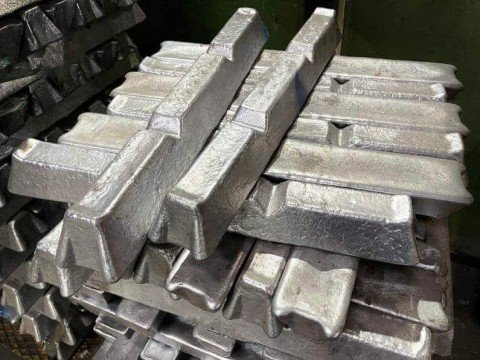
Mold Cost
The die casting process requires a mold and the price depends on the intricacy, dimensions, and composition of the mold. Molds are usually crafted out of high-grade steel, which is costly to produce. Designing, manufacturing, and additional tool fittings should all be included when calculating the cost of the mold. If the production is on a large scale, the cost of the mold can be spread over the number of parts produced.
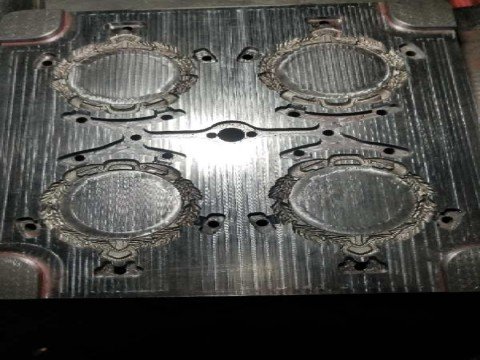
Zinc Alloy Medals Cost
To facilitate understanding, let us illustrate the calculation steps with a zinc alloy medal example.
Analyze Medal Size and Degree of Difficulty:
Let’s assume your zinc alloy medal has a diameter of 50 mm and contains intricate designs on both sides. The complexity of the design will affect the mold cost.
Costs of Materials and Production:
CNC Precision Machining and Associated Processes
Steel of exceptional quality is frequently utilized for making molds because of its strength and resistance to heat. The material costs for machining a small to medium sized medal mold would be approximately $3000.
The design and manufacture which includes CNC precision machining and subsequent heat treatment would easily add another $6000 to the costs.
Increased tooling costs for ejector pins and cooling channels will also increase the costs by around $1000.
Estimation of Total Mold Cost
Total mold cost = Material cost + Design and manufacturing cost + Additional tooling cost
Total mold cost = $3,000 + $6,000 + $1,000 = $10,000
Important considerations:
- Mold Sustainability: High grade steel molds for zinc alloy can sustain decadal use. Having a lifetime expectation helps in precise cost-sustainability estimates.
- Post-production mold repairs: Increased polishing or repairing of worn areas increases the overall maintenance mold cost. These reasons are adequate to justify these requirements for long term estimates.
- Design Changes: Modifications after creation of the mold incurs further expenses. Set the design well in advance to alleviate additional costs.
This die alloy guide enables you accurately calculating the precise die casting zinc alloy projector mold cost components without over estimating costs.
Machine Cost
The cost of operating the die casting machine includes the purchase price, maintenance, and energy consumption. Larger machines with higher clamping forces are more expensive to operate. Additionally, the hourly rate of the machine should consider labor costs, depreciation, and overhead expenses.

The cost of a 90 tons door handle making machine
To begin with, let us examine the considerations and example of a “90-Ton hot-chamber die-casting machine” for making two-cavity zinc alloy door handles.
Buying Cost:
A rough estimate for a 90-ton hot-chamber die casting machine is in the range of $100,000 to $150,000 which can make zinc alloy door handles. Sometimes, the cost does differ based on the brand, features, and other tools that are needed.
Maintenance Costs:
To maintain the operational efficiency of the machine, regular maintenance is a must. Annual maintenance, depending on machine usage and maintenance needs, falls between $5,000 and $10,000.
Energy Consumption:
For energy costs, a 90-ton hot-chamber die casting machine has notable energy needs. The average is about $3 to $5 in energy expenditures per hour with electricity priced at $0.10 per kWh, and the machine consuming 30-50 kW per hour.
Labor Costs:
Labor expenses are based on the general wage rates for the operators as well as the time-length for which the machine remains functional. Provided that two operators work during each shift at $20/hour, labor expenditure per hour will amount to $40.
Depreciation:
Depreciation can be calculated based on the machine’s purchase price and its expected lifespan. If the machine costs $120,000 and has an expected lifespan of 10 years, the annual depreciation would be $12,000. This translates to an hourly depreciation cost of around $6, assuming the machine operates for 2,000 hours per year.
Overhead Expenses:
Overhead expenses include costs such as rent, utilities, insurance, and other general operating expenses. These can vary widely but might average around $10 per hour for a typical manufacturing facility.
By considering these factors, you can accurately calculate the machine cost component of your die – casting project, ensuring that your cost estimates are precise and reliable. This detailed approach helps in understanding the various costs involved in operating a die casting machine and provides a basis for optimizing production costs.
Finishing Cost
After the casting process, parts often require finishing operations such as trimming, polishing, or painting. These processes add to the overall cost. The finishing cost can vary depending on the complexity of the part and the required surface finish.
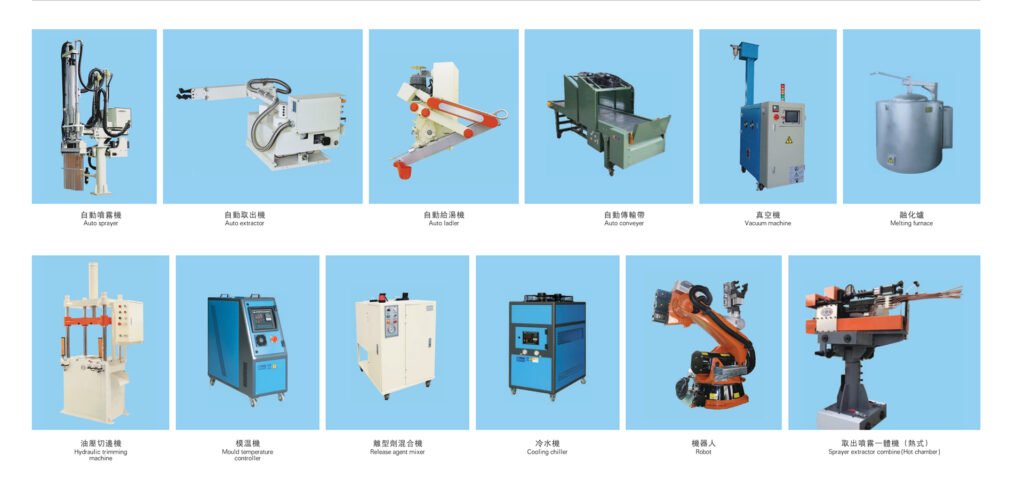
Overhead and Profit Margin
Overhead costs include factory rent, utilities, and administrative expenses. Adding a profit margin ensures that the business remains profitable. These costs should be factored into the final price of the die-cast part.
Step-by-Step Guide to Calculate Die Casting Cost
Determine Material Cost
- Calculate the kilogram along with the weight of the part.
- Calculate the weight and multiply it by the market price per kilogram of the material.
Estimate Mold Cost
- Get a quote from a mold manufacturer.
- Divide the mold cost by the expected number of parts to be produced.
Calculate Machine Cost
- Determine the hourly operating cost of the die casting machine.
- Multiply the hourly rate by the production time required for each part.

Add Finishing Cost
- Estimate the cost of any required finishing operations.
- Add this cost to the total.
Factor in Overhead and Profit Margin
- Calculate the overhead costs per part.
- Add a profit margin to ensure profitability.
Example to Calculate Die Casting Cost
Let’s assume you are producing a die-cast aluminum part weighing 0.5 kg. The current market price for aluminum is $2/kg.
- Material Cost: 0.5 kg * $2/kg = $1.00
- Mold Cost: Assume the mold costs $10,000 and you plan to produce 10,000 parts. Mold cost per part = $10,000 / 10,000 = $1.00
- Machine Cost: Assume the hourly rate for the machine is $50, and it takes 1 minute to produce one part. Machine cost per part = $50 / 60 minutes = $0.83
- Finishing Cost: Assume the finishing cost per part is $0.50.
- Overhead and Profit Margin: Assume overhead costs are $0.20 per part, and you add a profit margin of $0.50.
Total Cost per Part: $1.00 (Material) + $1.00 (Mold) + $0.83 (Machine) + $0.50 (Finishing) + $0.20 (Overhead) + $0.50 (Profit) = $4.03

HAICHEN: Advanced Technology for Optimizing Die Casting Costs
HAICHEN is recognized as a premier die casting machine builder and is well respected in the industry for producing reliable equipment. HAICHEN’s machines have proprietary technology and are built to industrial standards.
In the case of perish die casting cost, a leading die casting machine manufacturer in the industry, HAICHEN, as all other industry players look to offer solutions that optimize cost-effectiveness.
As a result of HAICHEN’s advanced features design, the machines increase productivity and reduce production costs. For example, to reduce material wastage, the company utilizes high-precision injection systems, and further savings on operational costs is achieved through the construction of energy systems.
In addition to this, operational cost savings are passed on to the customers as a result of reduced labor brought about by automated processes and user friendly controls, and enhanced throughput from improved production speeds.
By adopting HAICHEN machines, manufacturers can produce high-quality die-cast parts at reduced costs which enables them to be more competitive in the international market.
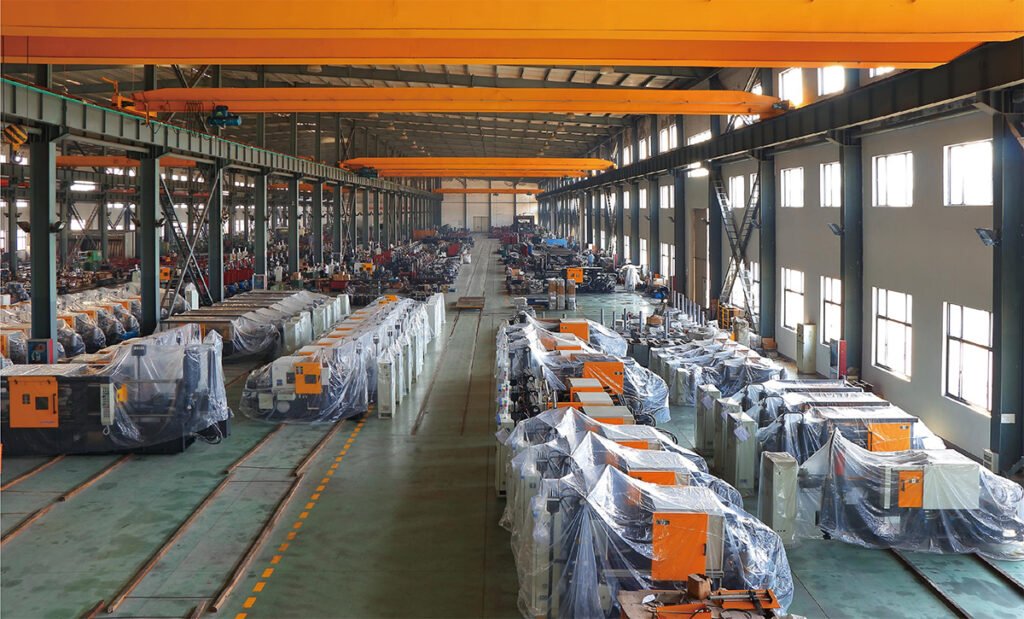
Calculate Die Casting Cost involves several factors, including material cost, mold cost, machine cost, finishing cost, and overhead expenses. By following a step-by-step approach and considering all these factors, you can accurately estimate the total cost of die casting.



